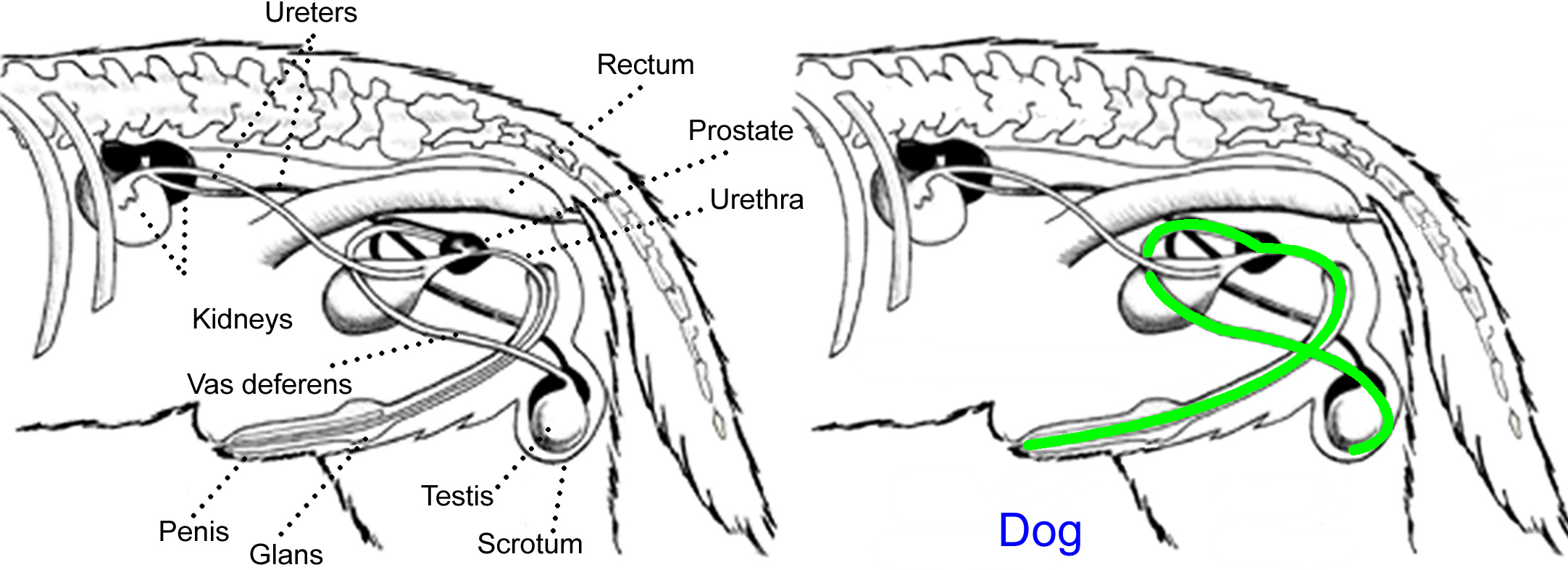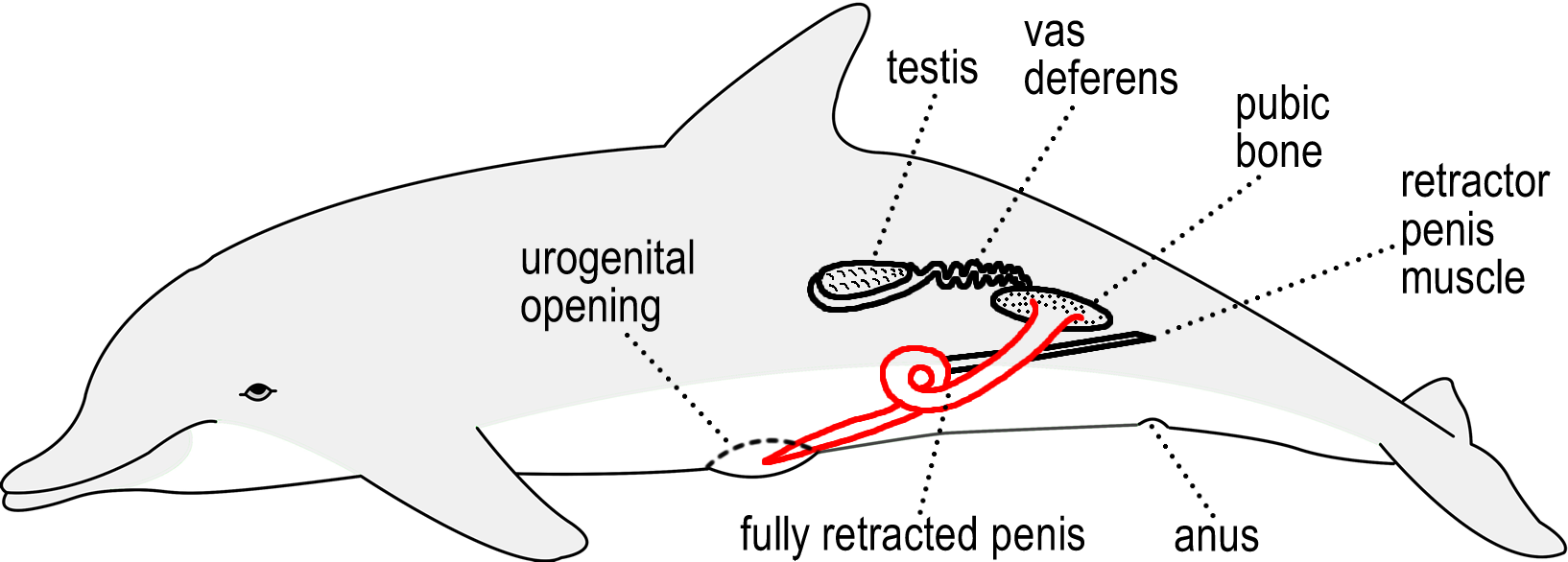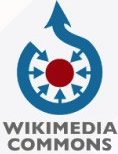|
Crucial questions that
anatomical comparative
approach
succeeded
to answer according
to scientific
method
fundamental premise:
meticulous observation.
© 2008-2017 Stefano Marcelli
|
|
:: brown text means unrevised translation or incomplete work ::
NB: the author uses the words "channel", "meridian" and "vessel" as synonyms to define the system of lines, tubes or slices transporting the undemonstrated energy called Qi (pronounce "tchi") to all parts of the body. Anyway he considers "meridian" more suitable for scientific speech and literature, also because it is already employed in other fields of knowledge as in geography and morphogenesis.
|
|
●
|
Why acupuncture should give
science clear evidences?
|
|
● |
Why right and left branches of the large
intestine meridian cross each other on the midline, unique exception
over 12 main meridians?
Answered and published here
(Medical Acupuncture Journal) |
|
.jpg)
|
|
●
|
Why the kidney meridian path forms a circle
on the medial aspect of the foot,
whereas the
bladder meridian does not the same on the lateral aspect?
Answered and published here
(same article as above) |
|
.jpg) |
 |
|
 |

|
|
● |
Why the
small intestine meridian draws a zig-zag in the shoulder, scapular area?
Answered and published here
(same article as above) |
%20ccal%20BASE-2014_vectorized.jpg)
|
|
● |
Why amongst the back-shu points is listed
Dushu (BL-), referring to Governor Vessel, even though TCM does not
connect it to a specific organ? Is there a plausible explanation for
why it finds just between Xinshu (Heart point) and Geshu (Diaphragm
point) and not elsewhere? If it is an organ, which could it be? Is there in the body a
"Governor organ"? According to comparative approach the answer is yes, there is!
Answered and published here
(a page of this website) |
|
● |
Why the
stomach and gall bladder meridians that are of yang nature run down the
anterior aspect of chest-abdomen
like intruders into a yin meridian territory? Why differently the
back is covered by yang meridians only?
Answered, not yet published |
|
|
 |
|
● |
Why at
least one fourth of the dorsal, lateral and yang aspect of the foot is
occupied by the liver meridian that is a yin meridian?
Answered, not yet published |
|
● |
Why the
sole of the foot is exclusively controlled by the kidney yin meridian?
Answered, not yet published |
|
● |
Why in arms and hands the acupuncture meridians are arranged in such
ordered, always parallel paths, with the three yin and three yang
that cover the ventral and dorsal aspect, never touching each other?
On the contrary, on the medial side of legs and foots the kidney
meridian (as seen above) draws a loop and then the three yin
meridian
Answered, not yet published |
|
● |
Why Traditional Chinese Medicine privileged
pericardium rather than pleura or peritoneum and assigned the
rank of main organ and meridian to it? What is the veritable organ/function
- unknown to modern medicine - that the ancient Chinese wanted to point out by
giving it the name "pericardium"?
Answered, not yet published |
|
● |
Why head surface
is covered by yang meridians exclusively, and head organs (brain,
tongue, eyes, ears etc.) by yin meridians?
Answered, not yet published |
|
Before leaving this page take a look at the
table of contents of this revolutionary
approach.
|
|
Ask Dr. Marcelli
stefanomarcelli@tiscali.it a question about
particular features of the Acupuncture Meridian System that are not
listed here, so that he can try to give an answer according to the comparative approach,
and by the means of scientific method.
Or - much better - you are
invited to communicate your own answered questions, which will be
published and credited in this site and in possible scientific
papers.
Science means sharing and progress of knowledge. Before I applied the
scientific method to acupuncture research, there were no new acquisitions in
the knowledge about the Acupuncture Meridian System since thousands
years, so it was officially dead and generated
comprehensible rejection by rational minds, differently from TCM
herbology, which has already incorporated plenty of new acquisitions from
modern chemistry, biochemistry, pharmacology and toxicology.
|
|
|
|
 |
|
home/table of contents -
next |
|
|
